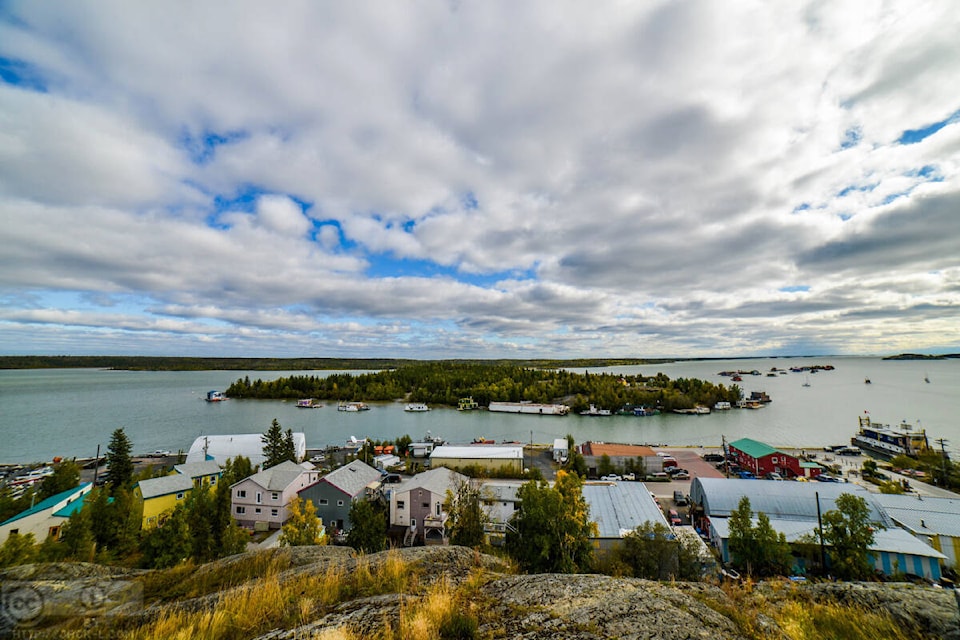“The travel, tourism and accommodations sectors have been disproportionately affected by the pandemic.”
That acknowledgement came from Industry, Tourism and Investment Minister Caroline Wawzonek in February 2021.
Things didn’t get better from there. But there’s finally promise of a major turnaround after two horrendous pandemic years.
Tourism businesses have been clinging to government funding life support while travellers have been prevented from entering the territory due to the risk of Covid-19.
With the GNWT announcing that leisure travel is expected to resume again as of March 1, some NWT tourism operators are reporting plenty of interest from potential clients who are ready to make their way north.
Some business owners who cater to tourists are gearing up as quickly as they can. The territorial government is going to need to be as flexible as possible to offer these business owners all of the support that they’re eligible to receive, and fast.
We can’t afford to have disappointed visitors, whose spending is desperately needed to help bolster the NWT’s sagging economy.
What tourism operators also need is some assurance that the rug isn’t going to be pulled out from under them again. The GNWT must show some resolve should Covid-19 cases rise this spring or in the fall. Only if the situation is absolutely dire should the borders be closed off again.
We need to move on, we need the cash tourism dollars bring in and we need government to get out of the way as much as possible.
The GNWT tabled Tourism 2025: RoadMap to Recovery in the legislative assembly last March. That recovery has been on hold and we must ensure it has all the momentum it can sustain in the months ahead.
Head: We won’t miss three MLAs
What calamity awaits the Northwest Territories if we have only 16 MLAs governing the territory instead of 19?
The answer to that question is none whatsoever.
The NWT Electoral Boundaries Commission has determined that removing a seat from each Yellowknife, Hay River and Inuvik is a viable option.
It would alter the NWT’s ratio of MLAs per constituent, and there would be nothing wrong with that. As it stands, this territory has one MLA for every 2,372 residents. The only jurisdictions with lower ratios are Nunavut and Yukon.
The province with the lowest ratio is Prince Edward Island at one MLA per 5,915 people. That’s followed by Newfoundland at one legislator per 13,024 residents. There are numerous Alberta ridings with populations exceeding the total number of people living in the NWT.
Then if we look at what an MLA is paid — the base salary is $110,761 — and multiply that by three, we’re talking $332,283 in savings per year. Over a four-year term, that’s more than $1.3 million that could be devoted to more important causes around the territory while 16 MLAs are still conducting business without being overworked.
MLAs will have a hard time denying the reality that they have been largely irrelevant during the Covid-19 pandemic. It seemed like all they were focused on during last November’s session – their first meeting since June – was how they were affected by their former colleague, Steve Norn.
Few of our legislators have had much to say or many pressing queries these past two years amid much uncertainty and turmoil, so why not cut their number?
